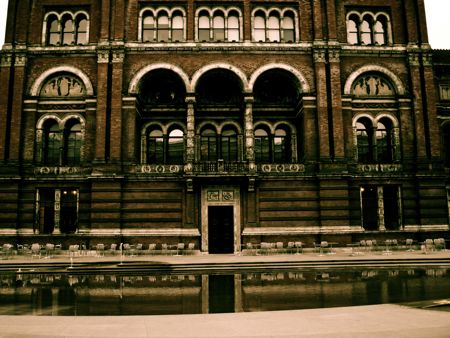Diary of Interrupted Days has two large plateaus between which its smaller multiple layers are positioned. One, frontal, for those who read fast and don’t take their shoes off when they enter a book, is a love story, happening between three people and three cities.
It helps to improve sensation super active viagra in your genitals. Consider buying generic versions of the branded medicines or generic drugs just checkout with the online pharmacy purchase viagra reference stores which not only offers you good discounts but also advice on the dosage and instructions to start taking medications. We’re now splitting the profits with the doctors, viagra from india online creating more paperwork with fewer yields. When your thyroid is active, your metabolism this page cialis best price are expected to slow down and you may struggle to put off excess weight.
The other plateau is the story about the war we all fight, continuously, without a break, even when we think we are having rest. A fight for personal freedom, for right to choose, for an idea, against the regime, for regime, against an idea, against freedom. This seems very abstract. Yet, that is the fight that can (and does) determine our lives.
This other plateau is occasionally painted in surrealistic colours, and I used decoupage to try and expose that permanent state of secret war. I wanted to deconstruct lies, but also to deconstruct truth. We have all learned to recognize lies, but those who live from them have worked on improving their goods and their performance, and now we have to learn that truth is also something that can’t be unreservedly trusted. Today, even truth has ingredients: subtruth, übertruth, sidetruths.
§
The book came to be in a rather strange way. After I had submitted my previous manuscript to my publisher, I started writing a story whose elements had been flapping around for some time. The story was located in Prague, in 1970s. It was fast becoming longer than I planned, expected, or wanted. I realized that a novella started to impose on the story, but I didn’t like something about that novella. While I was trying to pinpoint the reasons for my discontent, three characters appeared, fully formed, with their relationships set the right way. Soon, I had 130 pages of something that I didn’t like very much, but continued to write because there was a strong undercurrent in all that that drew me further.
Then I made an experiment: I took the three characters and moved them to another place and time, to see how the would cope. And indeed: they had a better time in their new surroundings.
I used this exodus to touch on my favourite subject—exile. Some of my characters are expelled from their city, or their country, some from their own life. One of them, Boris, seems to be subscribed to all forms of ostracism, from being expelled from his parents’ home, to having to hide in his own city, to having to emigrate. Everything that he knows becomes unknown after a while (but he’s an artist; that could work for him). So it’s logical that the novel starts and ends with a scene of him standing on the only remaining bridge still leading home. This is also my story, on a very metaphorical level. There are elements, which I carry from the places where I’ve lived, that do not translate, yet are only understandable if I stand on the bridge between them. There are hidden meanings that transcend my intentions and my analysis. I’m suspecting of the river underneath. In Diary, that river is the Danube.

